
I write about genetics, 'metrics, and demographics.
Read my long-form writing at https://t.co/8hgA4nNS2A.
49 subscribers
How to get URL link on X (Twitter) App


 Australia did this because they needed fiscal stimulus.
Australia did this because they needed fiscal stimulus.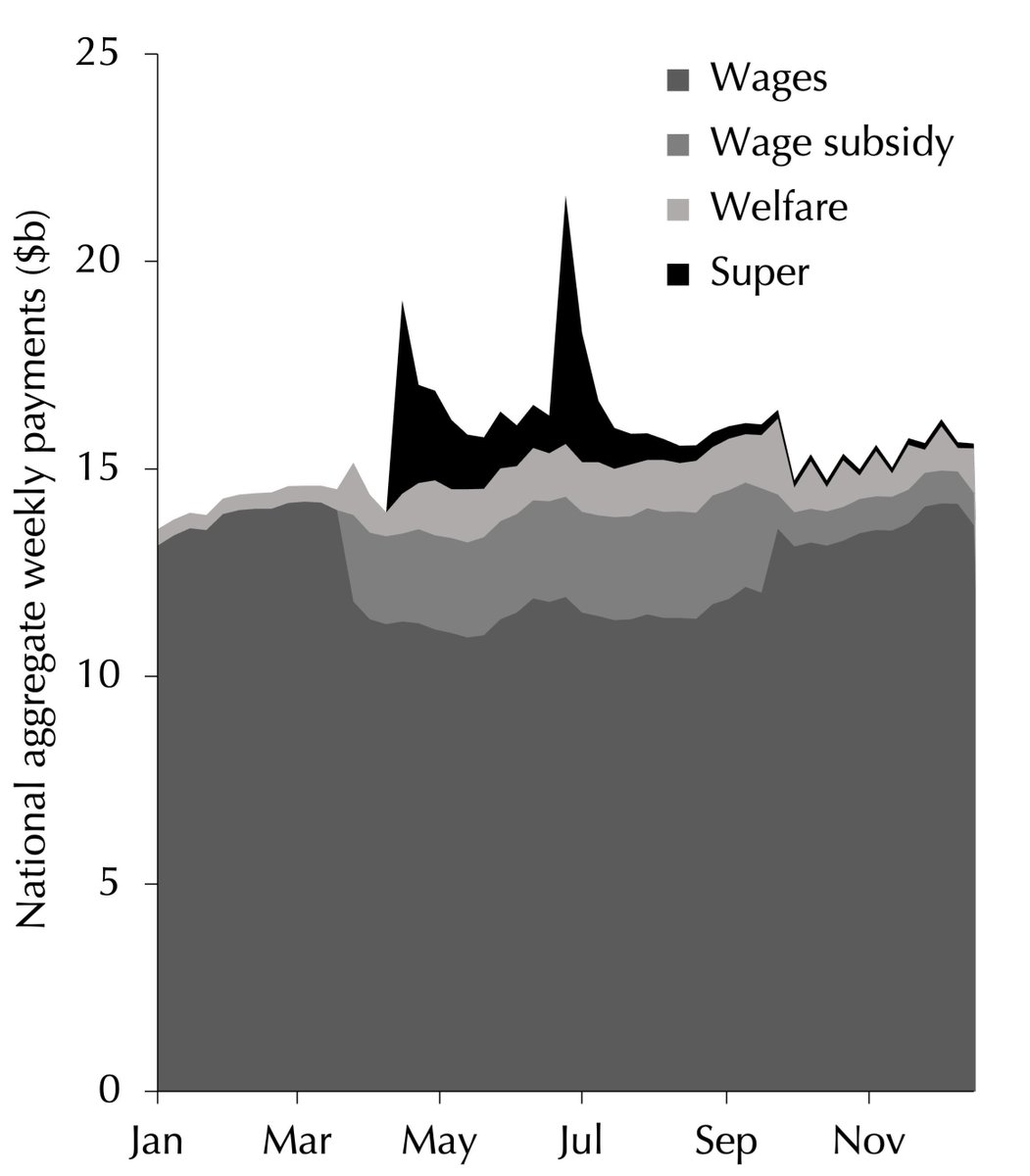
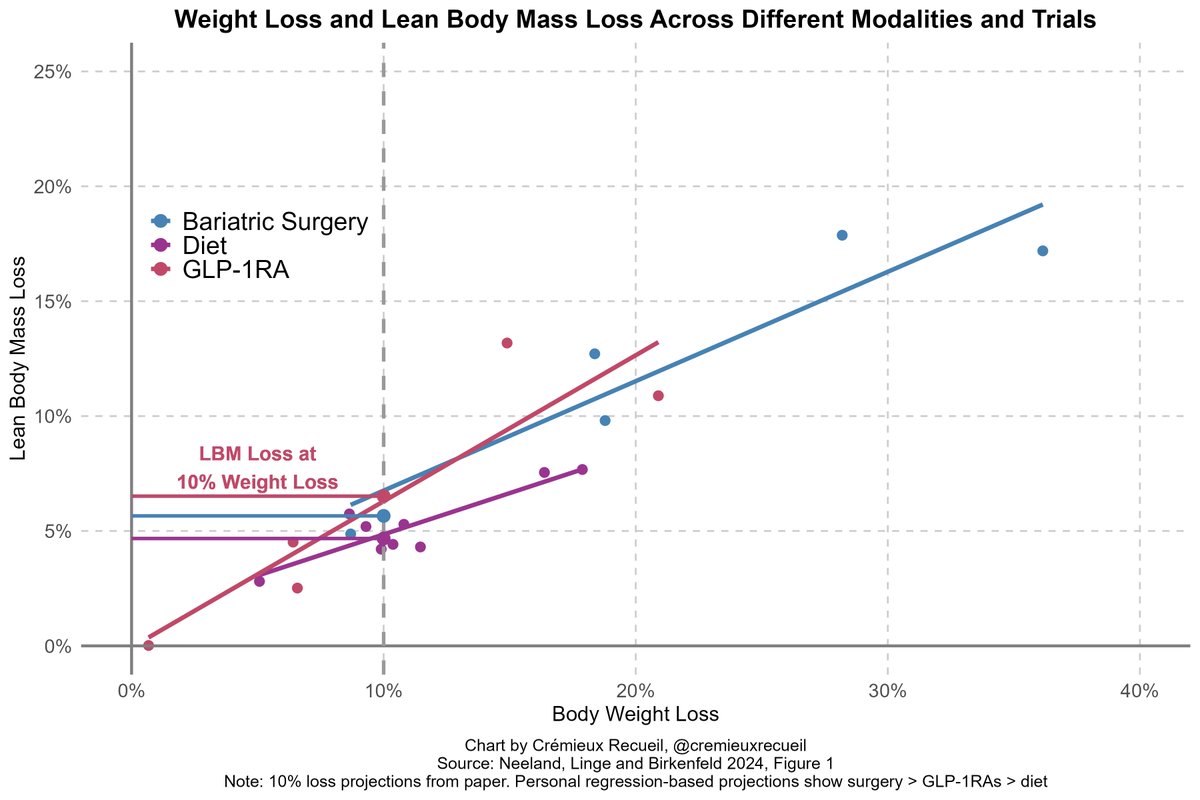
 The differences in weight loss in that chart showing data from different trials are not
The differences in weight loss in that chart showing data from different trials are not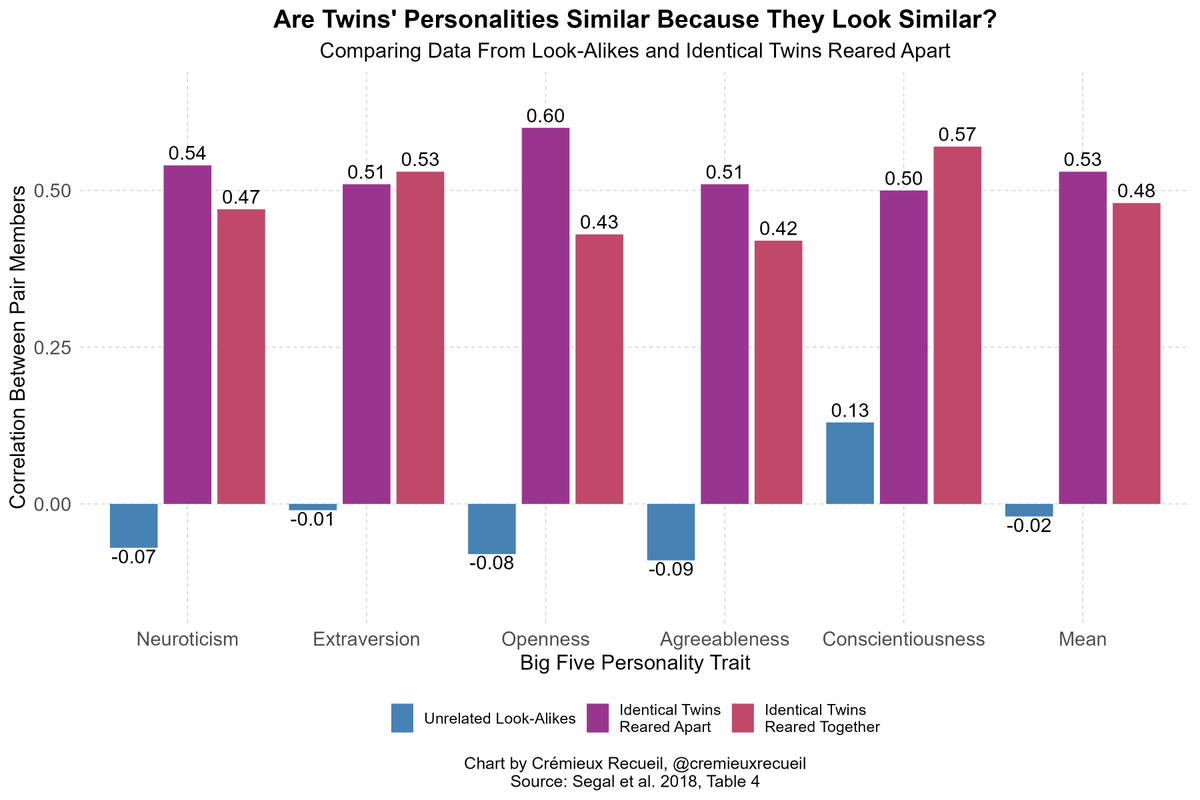
 Despite looking as similar as identical twins and being reared apart, look-alikes are not similar like identical twins are. In fact, they're no more similar than unrelated people.
Despite looking as similar as identical twins and being reared apart, look-alikes are not similar like identical twins are. In fact, they're no more similar than unrelated people.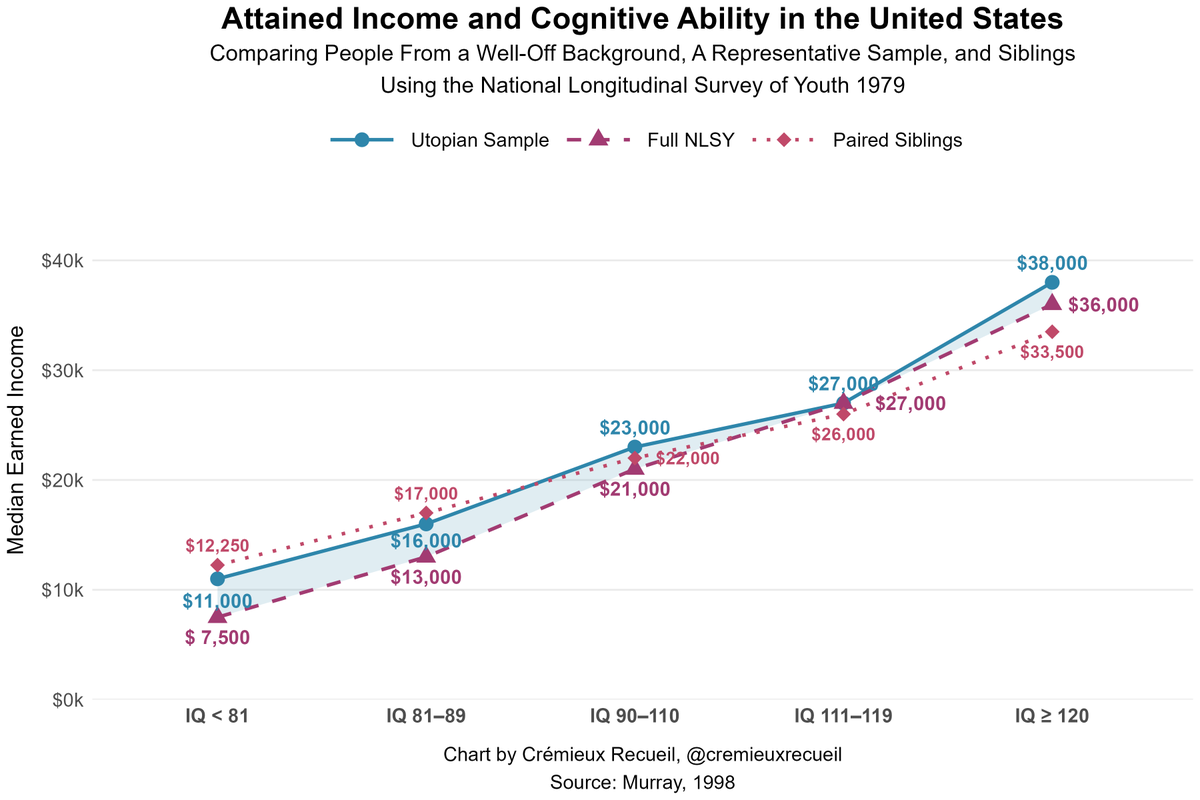
 This is true, meaningful, and the causal relationship runs strongly from IQ to SES, with little independent influence of SES. Just look at how similar the overall result and the within-family results are!
This is true, meaningful, and the causal relationship runs strongly from IQ to SES, with little independent influence of SES. Just look at how similar the overall result and the within-family results are!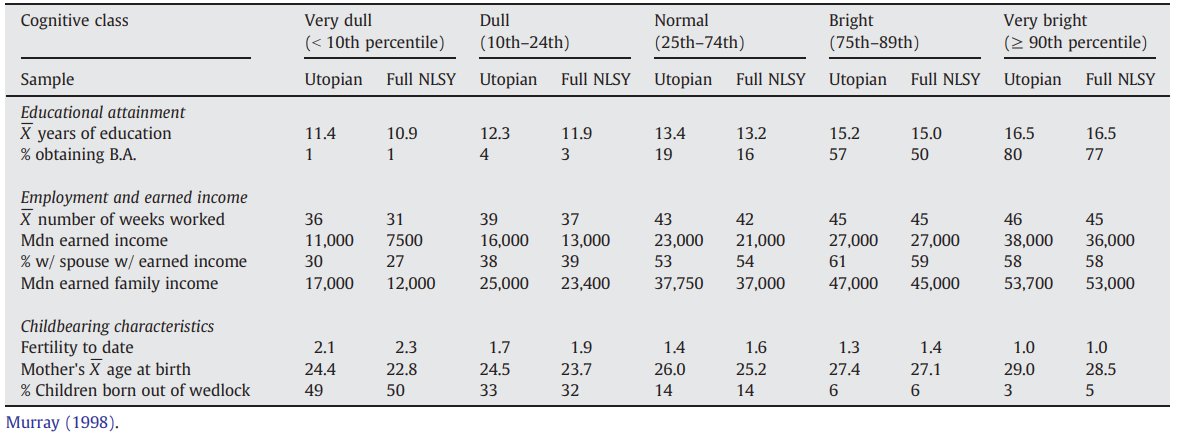
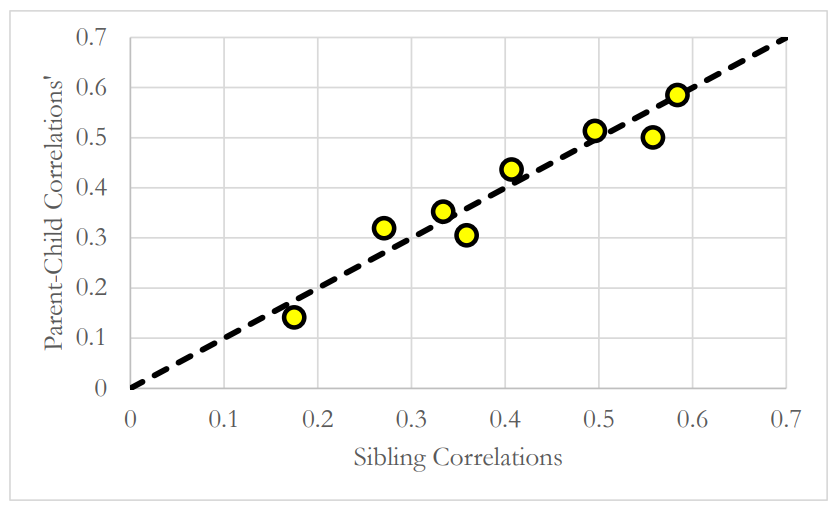
https://twitter.com/cremieuxrecueil/status/1673553538557833217
 The reason this is hard to explain has to do with the fact that kids objectively have more similar environments to one another than to their parents.
The reason this is hard to explain has to do with the fact that kids objectively have more similar environments to one another than to their parents.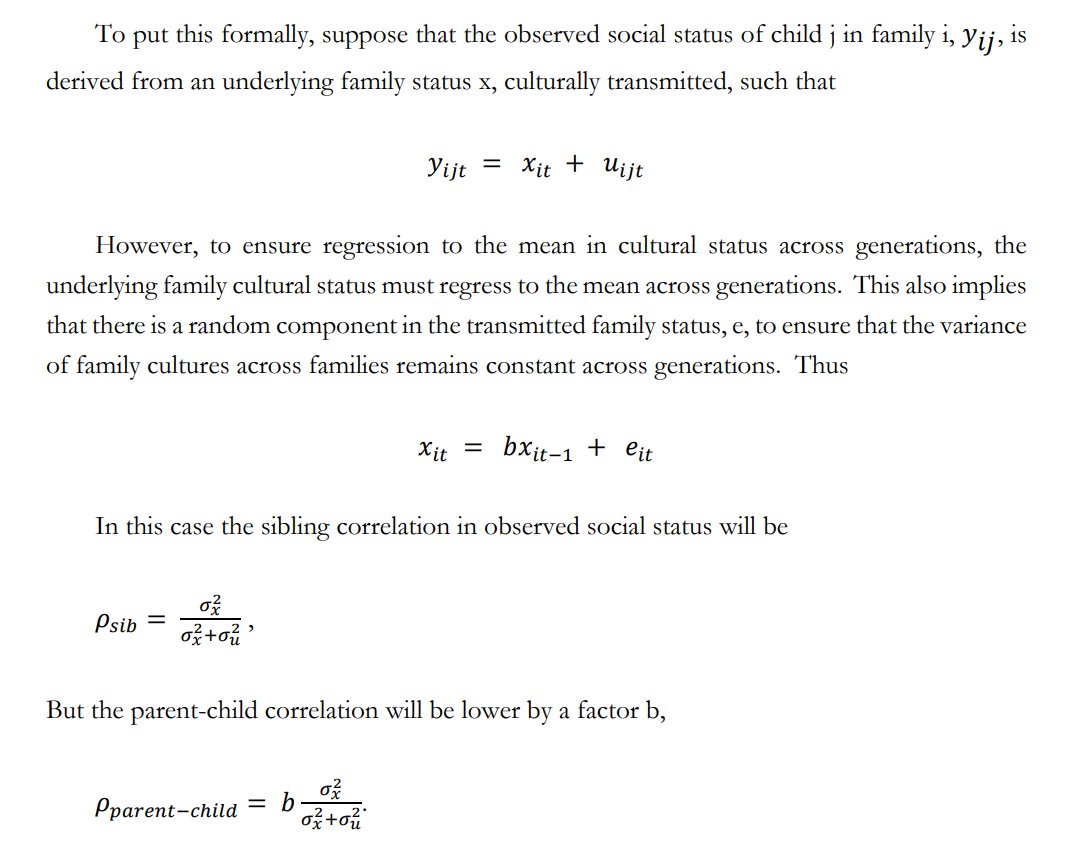
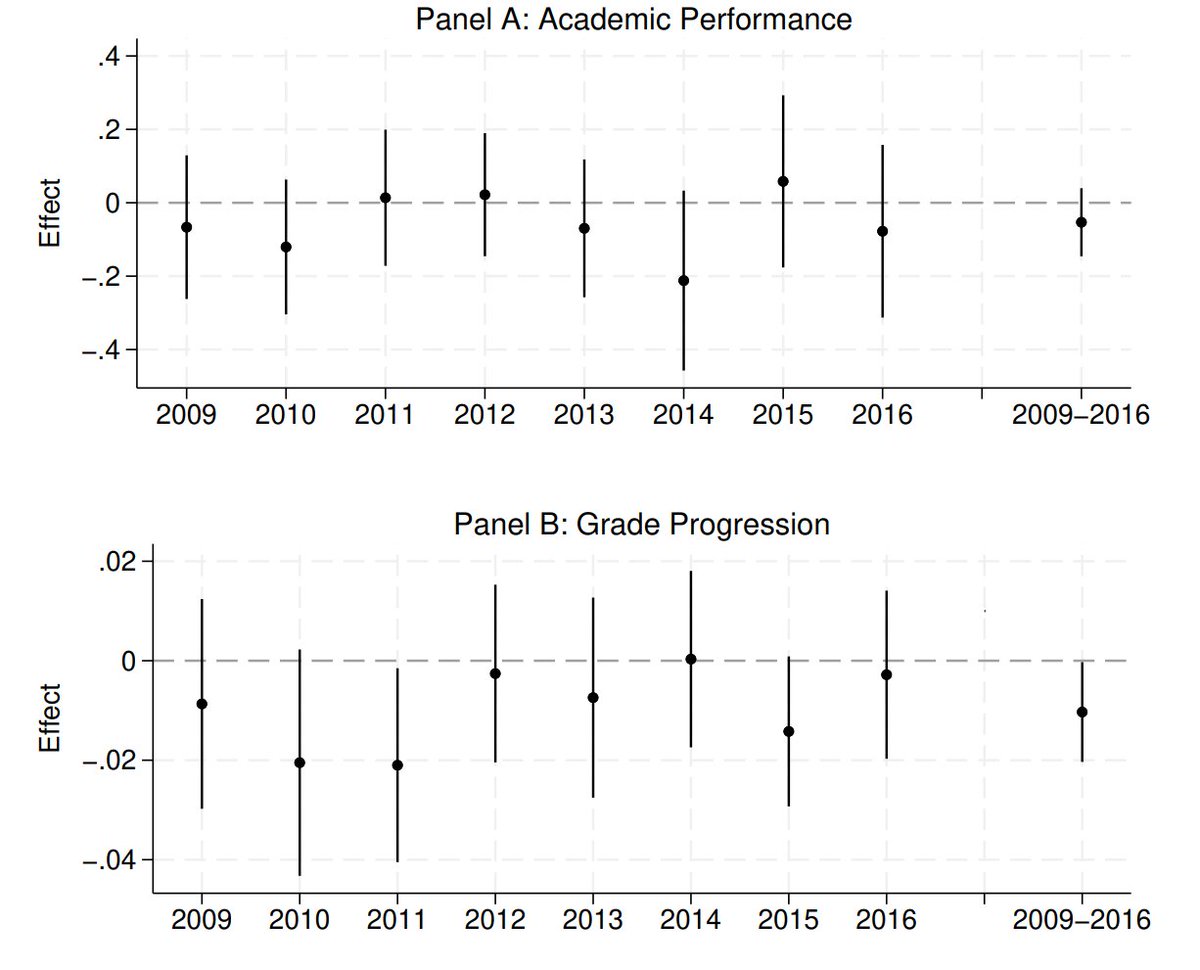
https://twitter.com/cremieuxrecueil/status/1692386924495786073
 This is one of those findings that's so much more damning than it at first appears.
This is one of those findings that's so much more damning than it at first appears.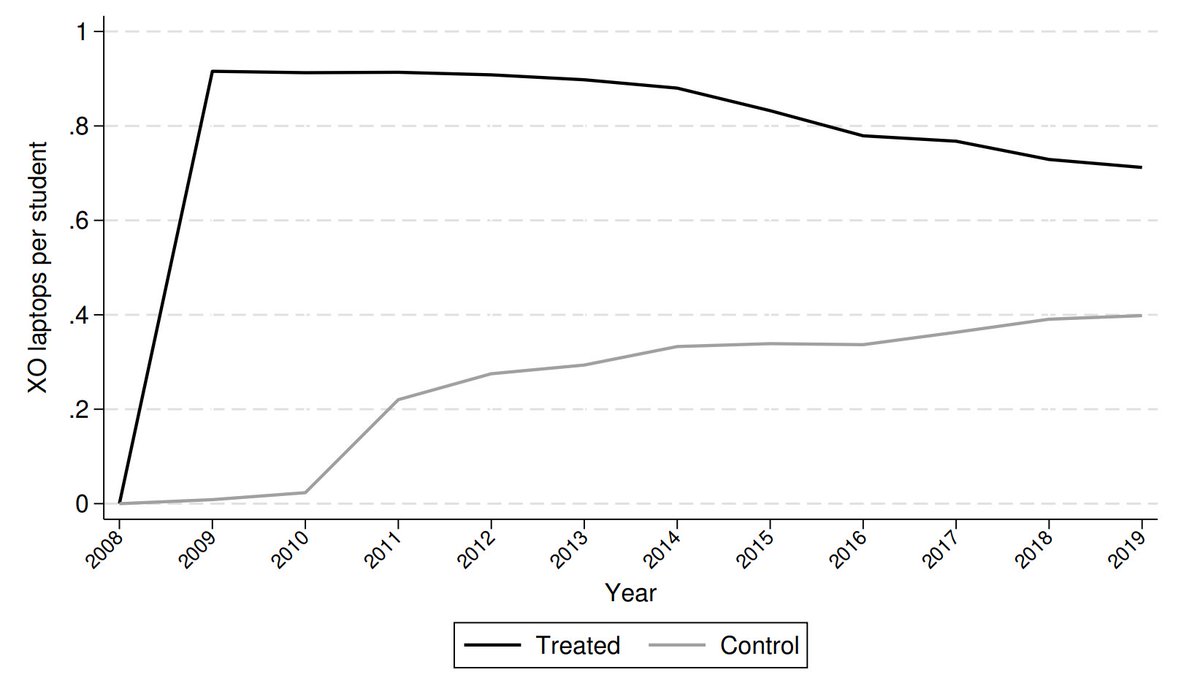
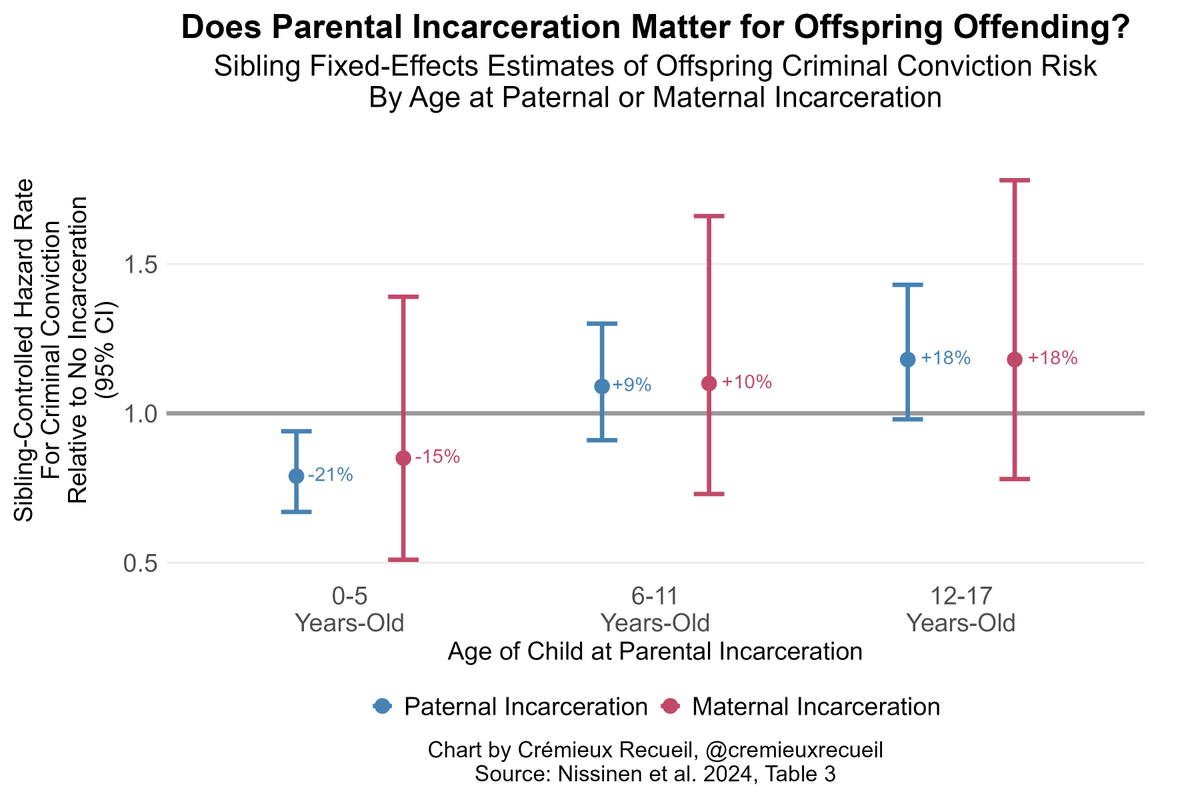
 This is relative to no incarceration, so the result should be interpreted as... pretty shocking!
This is relative to no incarceration, so the result should be interpreted as... pretty shocking!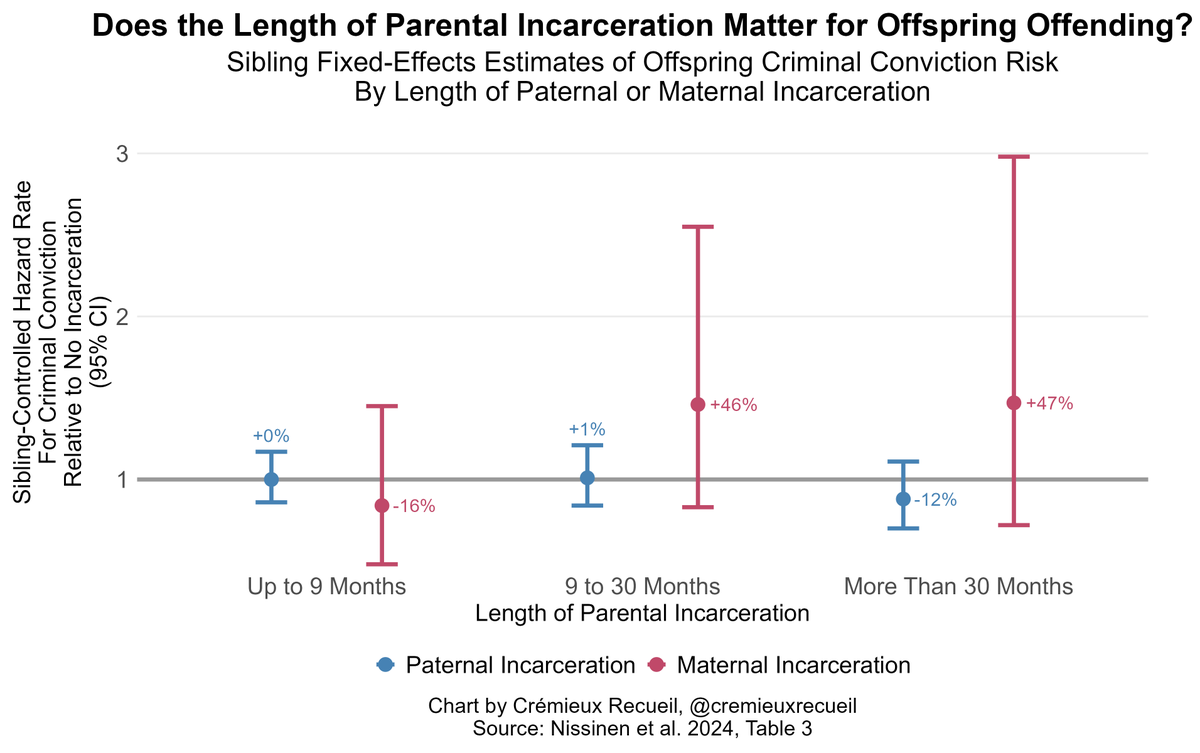
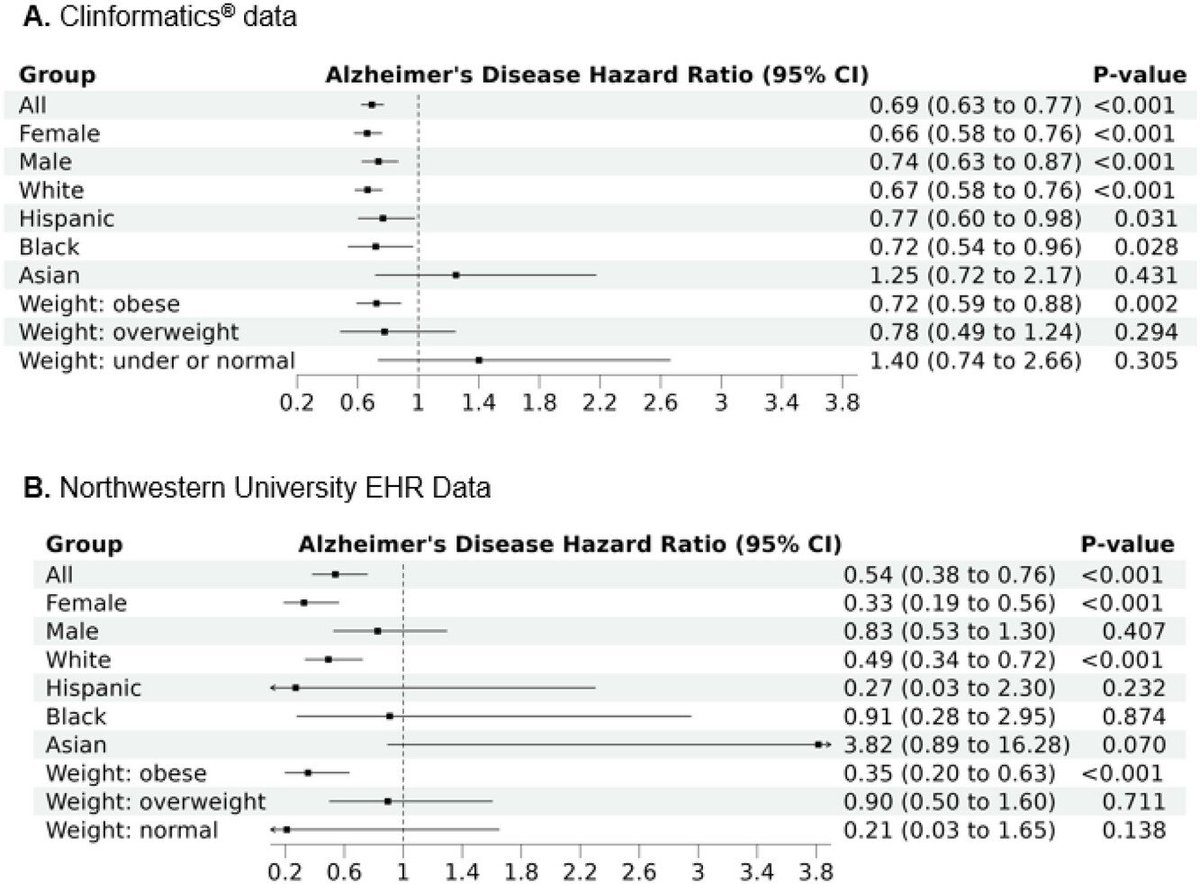
https://x.com/cremieuxrecueil/status/1991597180604542985

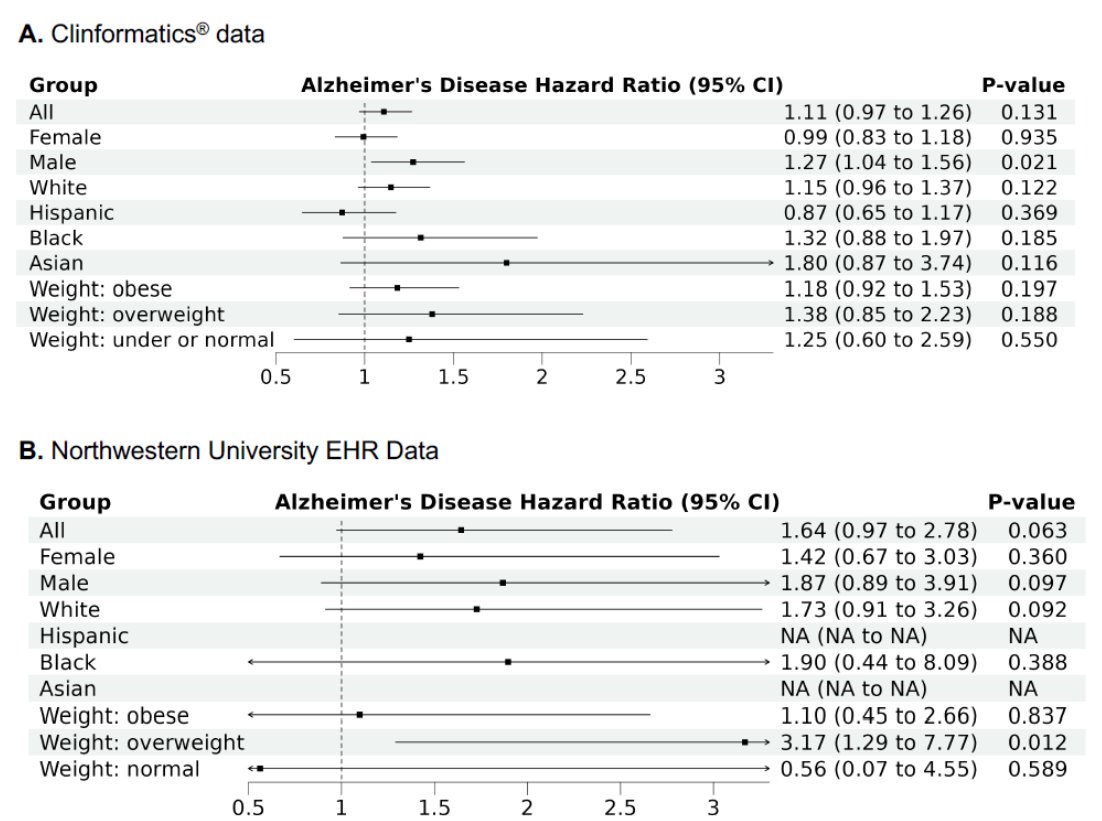 So, at least in this propensity score- or age-matched data, there's no reason to chalk the benefit up to the weight loss effects.
So, at least in this propensity score- or age-matched data, there's no reason to chalk the benefit up to the weight loss effects.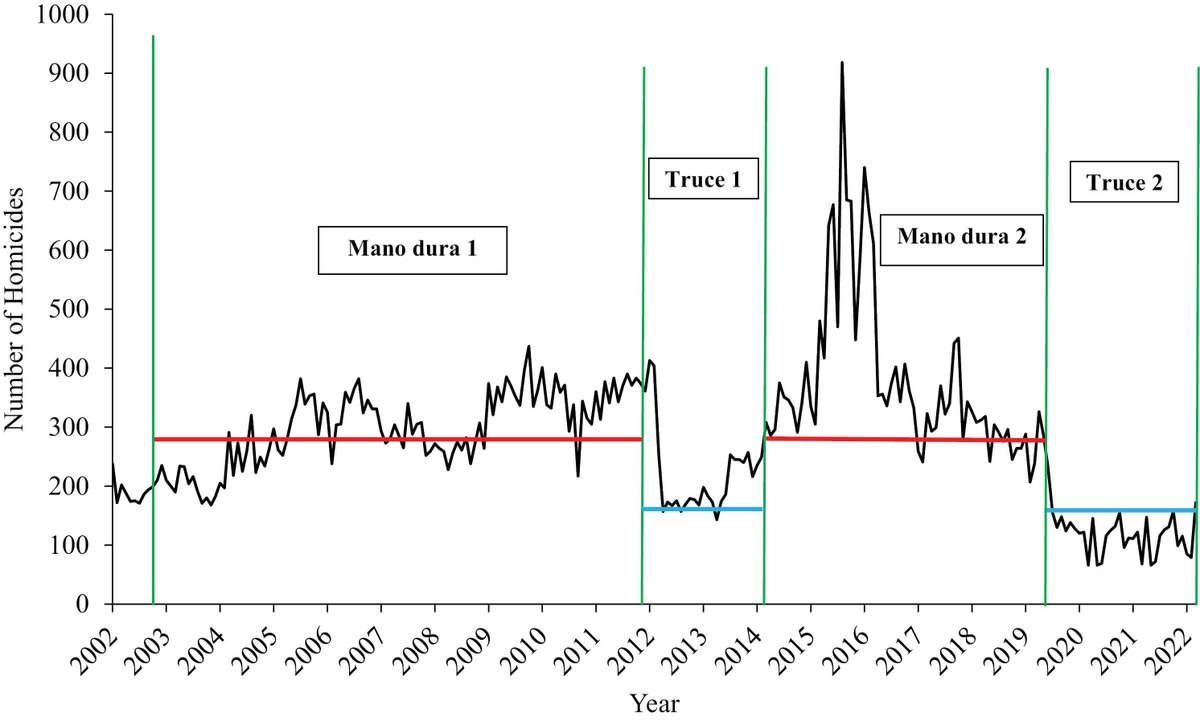
 In fact, previous attempts backfired compared to periods in which the government made truces with the gangs.
In fact, previous attempts backfired compared to periods in which the government made truces with the gangs.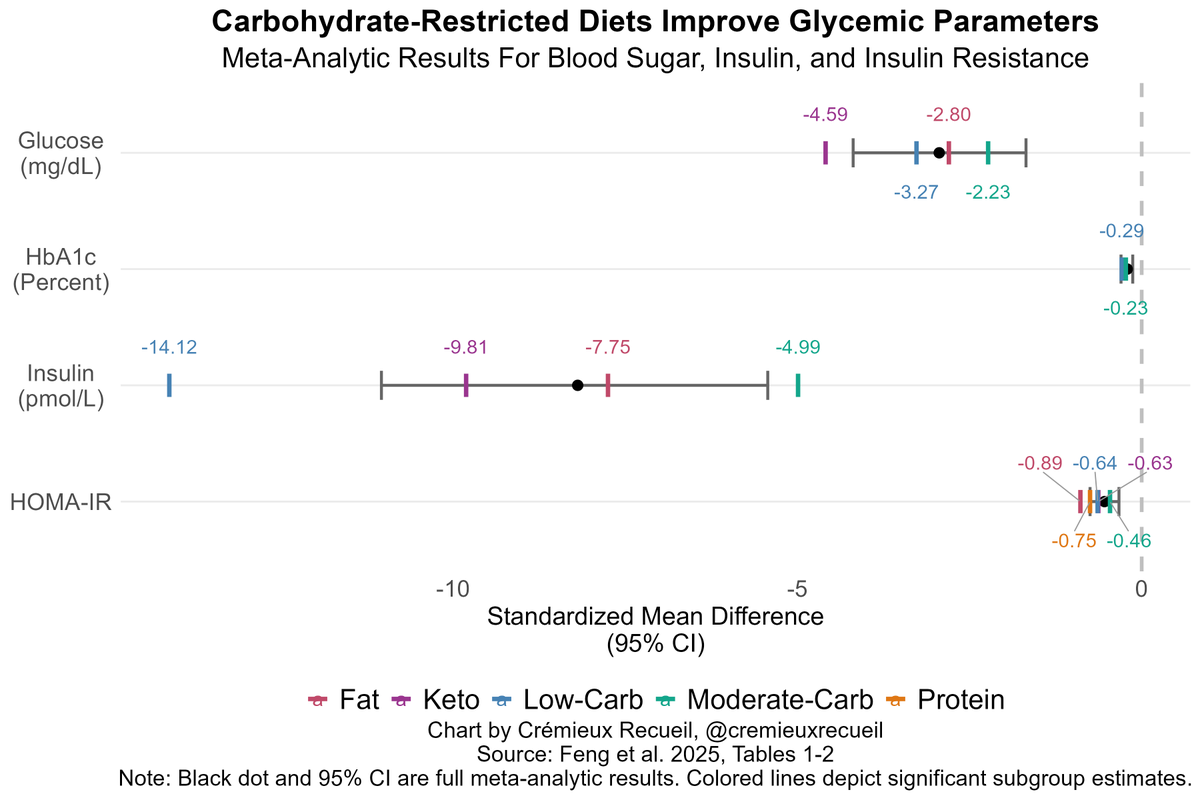
 Carbohydrate isn't the only thing that affects glycemic parameters.
Carbohydrate isn't the only thing that affects glycemic parameters.

 Higher property taxes act as leverage since they're capitalized into house prices.
Higher property taxes act as leverage since they're capitalized into house prices.

 The first thing to note is that family wealth is correlated across many generations. For example, in medieval England, this is how wealth at death correlates across six generations.
The first thing to note is that family wealth is correlated across many generations. For example, in medieval England, this is how wealth at death correlates across six generations.

 Justin Martyr, in his Dialogue with Trypho argues with a Jew that Christians are the ones living in continuity with God's true intentions.
Justin Martyr, in his Dialogue with Trypho argues with a Jew that Christians are the ones living in continuity with God's true intentions.

https://twitter.com/KirkegaardEmil/status/1987728861446942864
 This study also provided novel estimates using large-scale Norwegian data.
This study also provided novel estimates using large-scale Norwegian data.

 Similarly, the estimated effect of parents' preferred schools and of elite public secondary schools on test scores is around zero.
Similarly, the estimated effect of parents' preferred schools and of elite public secondary schools on test scores is around zero. 

 I'm not sure what's left is causal, and it will be hard to figure that out. This is the sort of thing you'd need an econometric design for. You'd likely need to exploit something that changes the odds of partnership to truly really get at this.
I'm not sure what's left is causal, and it will be hard to figure that out. This is the sort of thing you'd need an econometric design for. You'd likely need to exploit something that changes the odds of partnership to truly really get at this.
 Meritocracy makes class confounded, and it shows that class is also not destiny, either
Meritocracy makes class confounded, and it shows that class is also not destiny, either

https://twitter.com/framexdd/status/1988756853195416046Scott Alexander is exactly correct about what Hoel is doing here:

https://twitter.com/LoicYengo/status/1988658354059899157
 This analysis has several advantages compared to earlier ones.
This analysis has several advantages compared to earlier ones.
https://x.com/cremieuxrecueil/status/1988373544456401340
 Trump deserves some praise for getting people to fess up to their hereditarian views on this matter.
Trump deserves some praise for getting people to fess up to their hereditarian views on this matter.